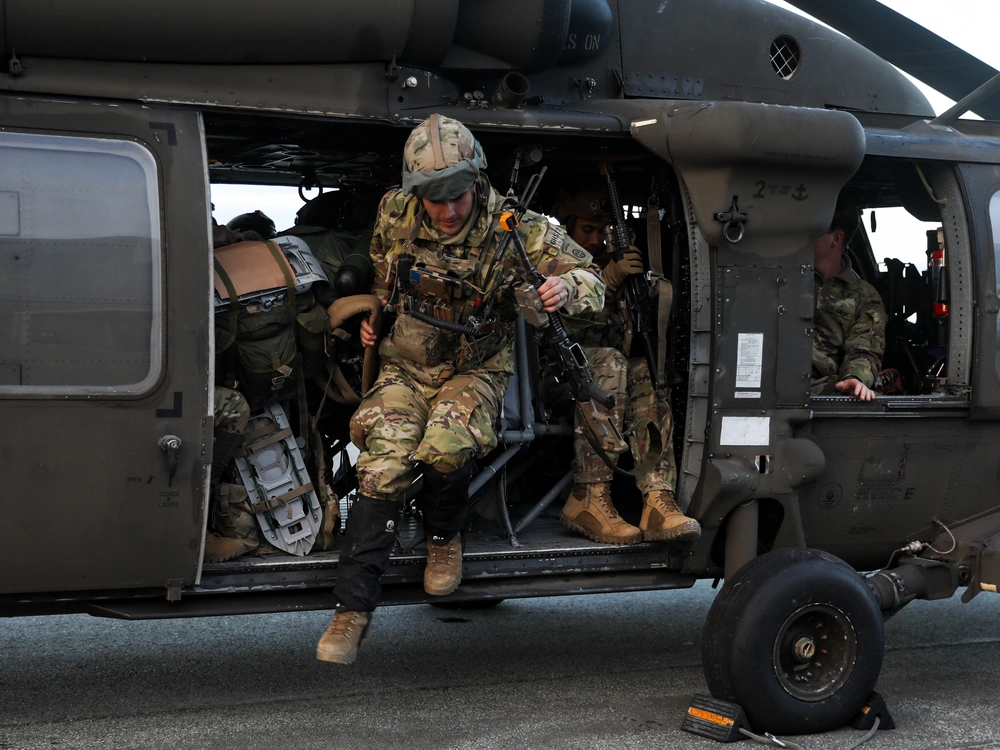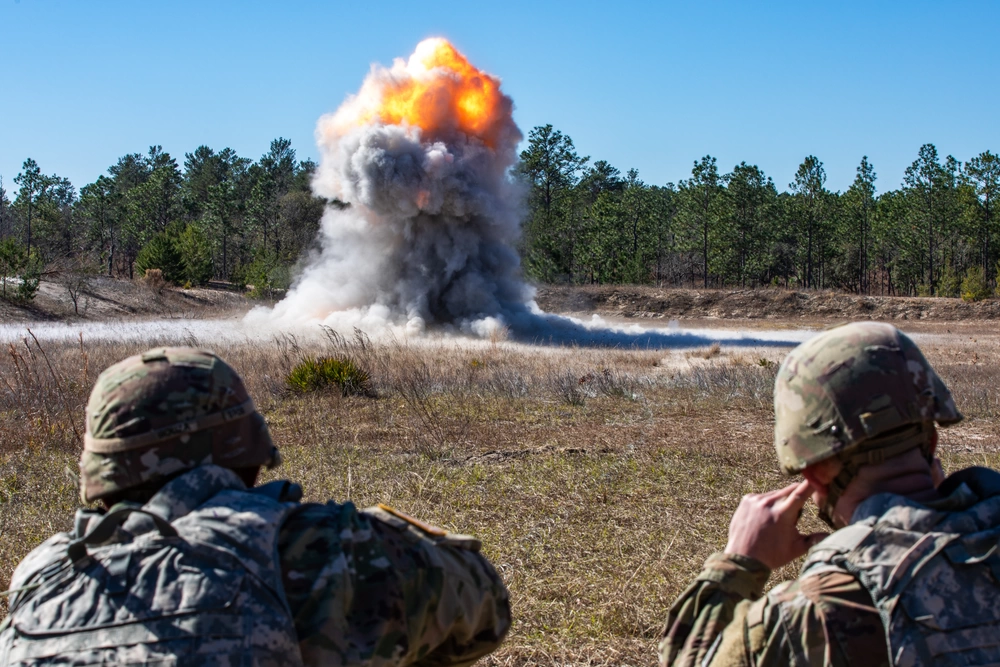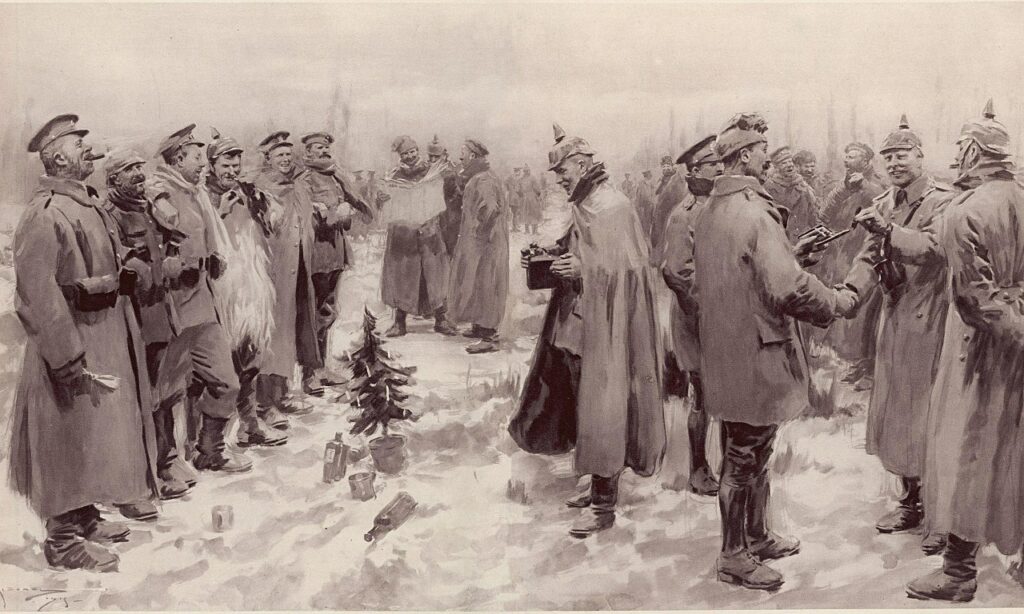The use of explosives in the Delta Force is a doctrinal imperative. To refuse to work with them due to fear of potential consequences is grounds for release from the Unit. Though very safe when treated properly, explosives can cause grave results to those careless and lackadaisical.
The Army decided at some point that the hazards associated with the use of explosives were enough to warrant an additional monthly hazard pay. In the day it was $110 per month provided an individual met the requirements in the use of explosive substances for that month.
Off the bat I can site a case of negligence where a SWAT-T flash bang (banger) distraction grenade exploded in an MH-60 Blackhawk helicopter we were traveling in to assault an enemy objective. The blast came from inside an assaulter’s approved flash-bang-carrying pouch which was strapped to his leg. The blast burned his leg and horrifically blew the doors, which were closed, off of the Blackhawk with its overpressure.
At the moment of the blast there was a thick rain of paper confetti and pages from a paperback book the soldier had been carrying in his banger pouch. Whether that somehow caused the blast is not known, but it is a fact that the soldier was carrying an unauthorized object in his banger pouch, therefore he had to own the mistake.
The book was thick; in fact it was a copy of the acclaimed War and Peace. Question arose why the man was carrying reading material in his banger pouch. A reasonable explanation was not provided and the man sustained a negative counseling. In fact, the same man was drummed out of the Delta Force later on for similar offensives.
We had to fly a separate sortie after the assault, retracing our path and recovering the doors. One had a cracked plexiglass window but both were otherwise undamaged; they had merely been blown out of their running tracks.

In another unfortunate instance, a breacher was placing an 84″ strip charge on the door of a target building. He was under great pressure by his Team Leader to move fast, faster, and faster still. The result was that the charge, which was secured to the door by an adhesive tape strip, fell from the door at the moment that the breacher detonated it. The charge fell across the man’s chest and along one side of his face, resulting in gross facial disfigurement and the complete loss of an eye – it’s all fun and games until someone gets an eye put out!
Finally, I am put in mind of a particular assault from a Blackhawk helicopter where a breaching team left behind an explosive door charge on the helo as they jumped off to begin the assault. I lay on my belly on the Blackhawk, hung the charge as close to the ground as I could, and let it drop. I then jumped from the helo and when I landed the charge blew up sending shards of wood flying in all directions.
I had splinters in my clothes and lower right leg, though no injuries otherwise. In the end, the breaching team planned to intentionally leave the charge behind if the helo was not able to make contact with the ground, which it was not. Though the team all knew that internally, they neglected to brief that matter to the rest of the force, leaving me to think they had inadvertently forgotten to take the charge, and to take remedial action.
In the end, the assault was a success, I was not hurt, and we acquired a valuable lesson for future explosive-breaching operations.
geo sends
Feature Image: U.S. Army Reserve Soldiers assigned to 689th Engineer Company, 841st Engineer Battalion, 926th Engineer Brigade, 412th Theater Engineer Command, conduct explosive breaching and route clearance training at Camp Blanding Joint Training Center in Starke, Florida, Jan. 20, 2024. Combat engineers conduct training in order to remain tactically proficient in tasks such as properly constructing explosive devices, destroying terrain obstacles, and breaching buildings. (U.S. Army photo by Sgt. Danielle Sturgill)
Read more from Sandboxx News
- Smithsonian receives F-15 jet with a special history
- Ukraine reveals new long-range cruise missile that can strike Moscow
- Approaching Mach 2 in an F-16: ‘The jet started to shake’
- Ukraine’s electronic warfare fight against Russian drones is so chaotic that its own are getting caught in the crossfire
- Emerald Warrior tested Air Force’s Commandos for a potential conflict with China







